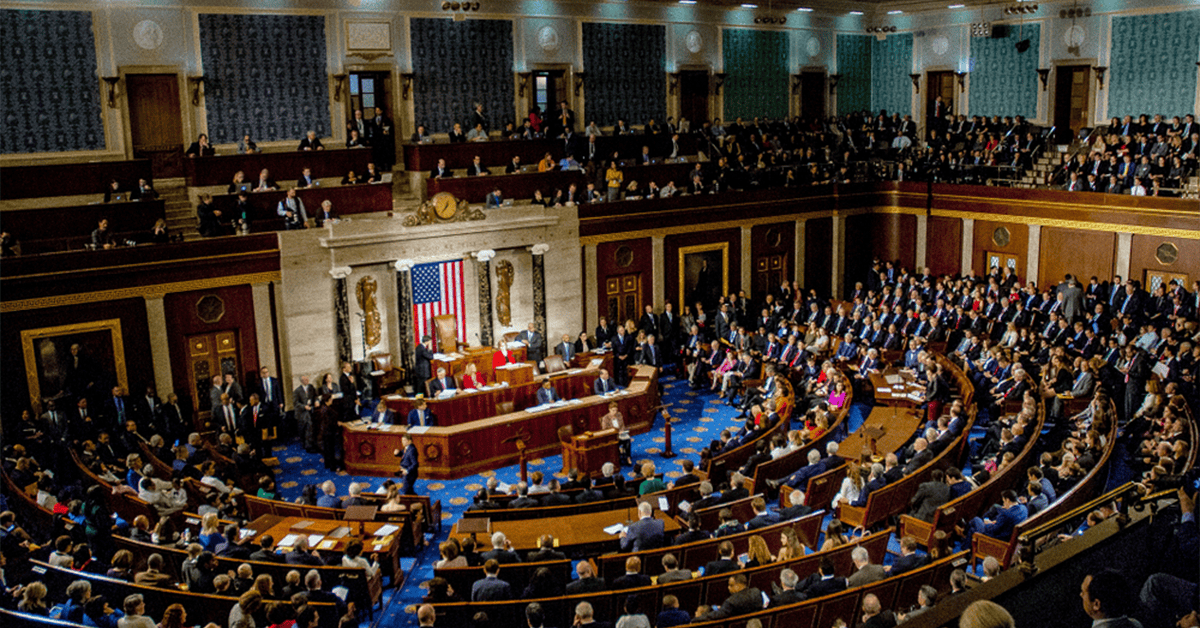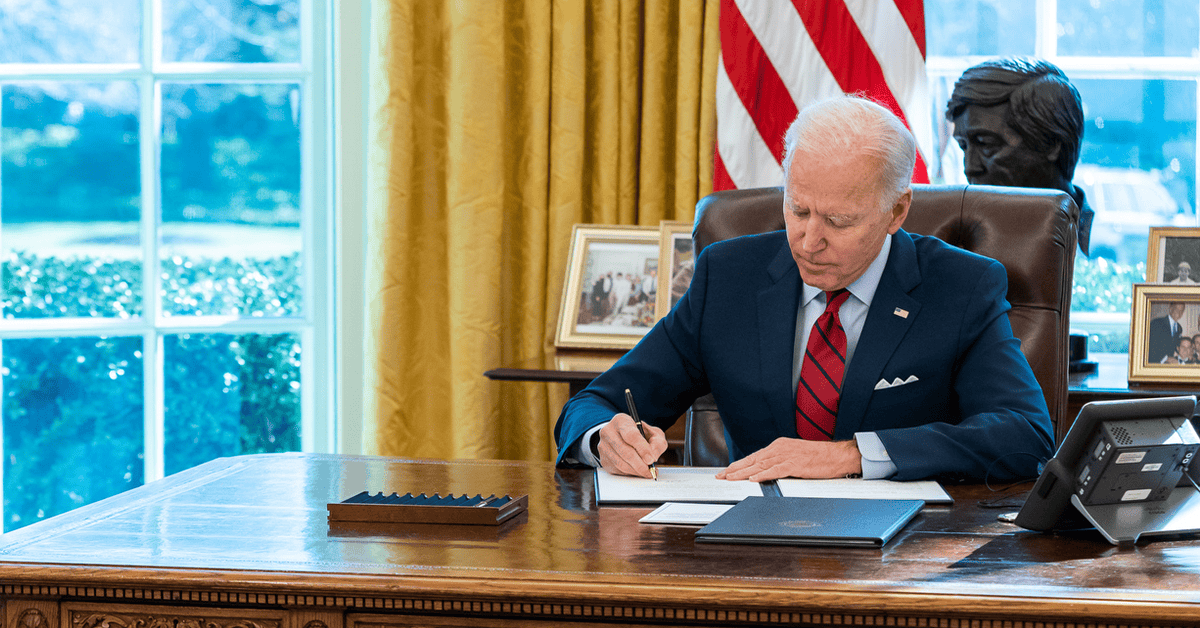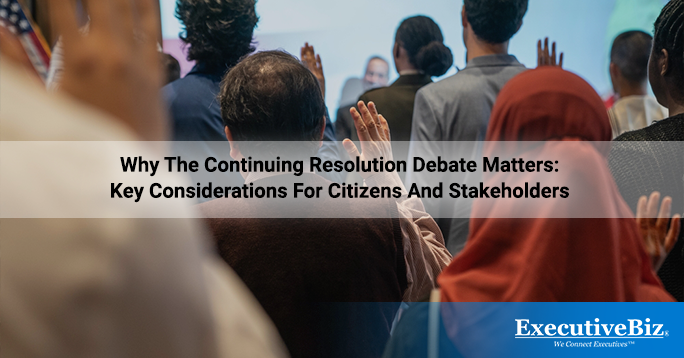A continuing resolution (CR) is a temporary funding measure that keeps the government running for a specific period. Congress typically uses the spending bill when it has yet to pass a new budget before the end of the fiscal year.
The CR is like a plaster for the government to operate and avoid a government shutdown. However, a continuing resolution will end after its expected end date and once the legislative body creates a federal budget. In 2023, President Biden signed a 45-day continuing resolution to avert the looming shutdown.
Why Does the Continuing Resolution Debate Matter?

The continuing resolution debate is crucial because it shows how challenging it is for everyone to agree on how the government should spend its funds. It often includes discussing important policy issues and how to spend finances, and it can affect many programs and services.
We listed down the important topics or areas that need to be discussed during the continuing resolution debate. These factors highlight how crucial it is to conclude the continuing resolution discussion so the government can work efficiently and minimize negative repercussions.
Budgeting and financial stability
Continuing resolutions avert shutdowns and ensure continued funding for crucial government operations as a new fiscal year begins. The Congress will discuss budget and funding allocations for the new fiscal year. Financial stability is necessary for the country’s price stability and economic growth.
How the country will avoid government shutdowns
The government might shut down without a continuing resolution or an approved budget. It caused problems with public services, layoffs of government workers, and economic effects. Through CR, leaders of the government avoid shutting down.
Policy implications
The rules of a CR can change policies and programs run by the government. During debates, people often negotiate about spending amounts and priorities, which can affect how different projects and contracts are carried out.
Uncertainties for the Government agencies and contractors
Working with continuing resolutions can make things uncertain for government agencies. Because the funding is only temporary, it could be harder for them to plan and carry out projects well.
Impacts on defense and economy
Defense spending takes up a significant portion of the government budget. The military’s readiness and the growth of defense resources can be affected by not having a finalized budget or long-term plan.
Uncertainty in the allocation of funds also harms the economy by lowering trust in businesses, investors, and consumers. It could slow down businesses and the growth of the economy.
Debt ceiling
The continuing resolution debate and the federal debt ceiling debate may overlap, making the talks more difficult and making it more challenging for the government to settle its financial obligations.
Key Considerations for Citizens and Stakeholders

If there is a continuing resolution, there will likely be disagreements on the budget. At worst, there is a possibility for a government shutdown. That’s why it is crucial for people, especially business people venturing into the government industry, to take countermeasures. Here are some of the best practices that citizens and stakeholders should consider.
Stay informed and get the latest news
Proactive people who participate in public forums and keep updating can be better informed and more involved in budget talks.
Several contractors will still be working on their current jobs, but keeping an eye on notices and deadlines is essential. Maintaining records and turning in bids on time would also be necessary.
We invite you to join the Challenges and Best Practices to Achieving Audit Readiness in the DoD Forum hosted by the Potomac Officers Club on December 11, 2023. Be up-to-date about how the DoD and other federal agencies effectively audit and fund. Register here.
Get in Touch with Government Customers
If you are running a business with the government, it’s best to stay connected with your clients occasionally to be prepared and to set your expectations. You and your business partner may have concerns that will be fixed with further discussion.
Asking questions and getting input from partners is essential when interacting with government clients and program contracting officers. During the shutdown, it’s crucial to evaluate the following:
- Cashflow sufficiency
- Employee salary
- Contract’s budget

Plan and coordinate with internal teams
During a crisis, keeping in touch with core teams and internal employees regularly can help workers feel like their concerns are being heard and ease their stress. Coordinate with key teams and departments, such as human resources and legal counsel, to ensure shutdown standards are followed and determine how the CR or potential shutdown affects employees.
The government shutdown might happen if Congress still disagreed on a federal budget. It is essential to identify which workers might be furloughed and help them to be prepared if the time off comes.
Business and contingency planning
Depending on the situation, figure out how CR might affect your business. Create backup plans to deal with the uncertainties that may arise because of changes or delays in funds.
If you work for the government, look at the Agency Contingency Plans to see how the possible or current shutdown might affect you. By learning about this, contractors can make plans and reduce risks when unexpected things happen.





